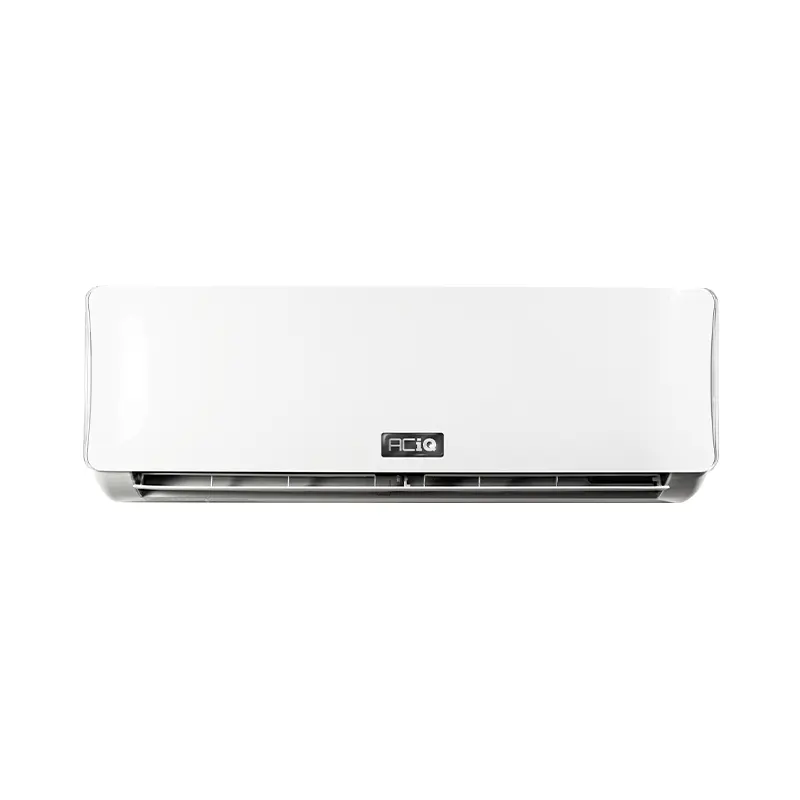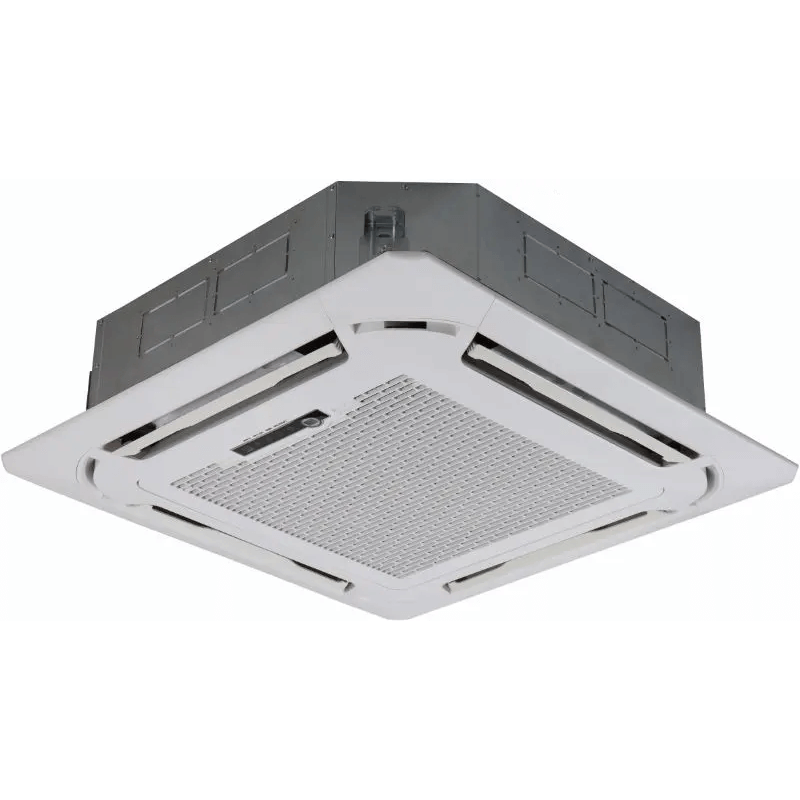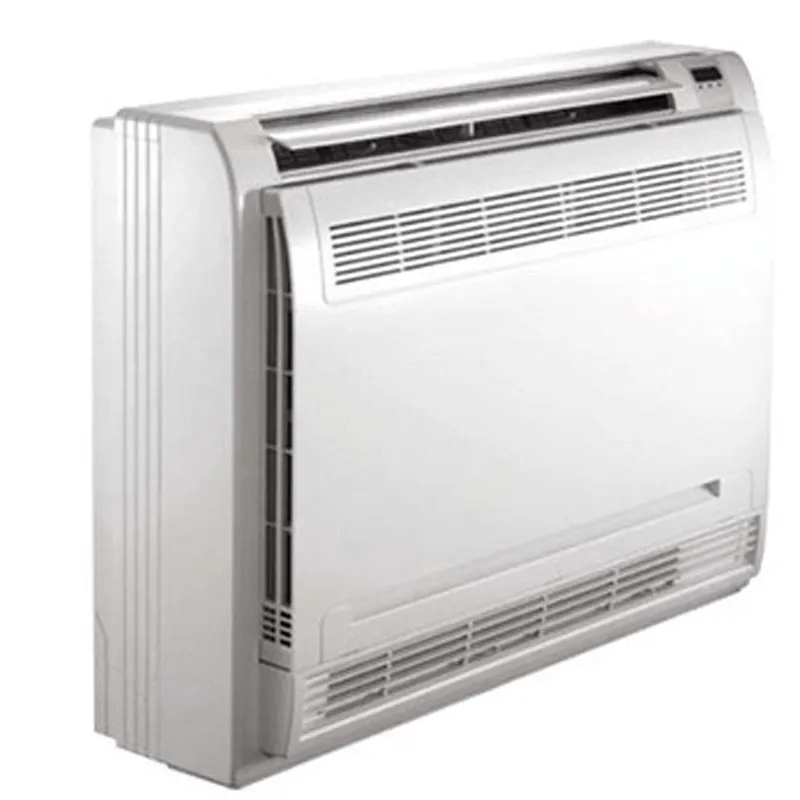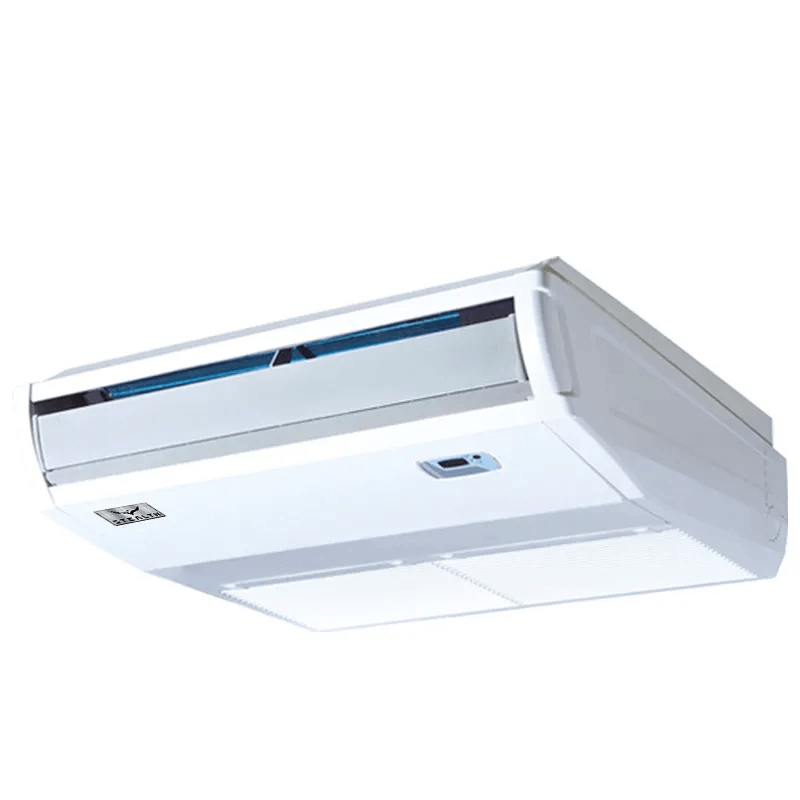Single Zone Mini Split System Sizing Calculator
Sizing Guide Step Two:
Use the calculator to help you figure out what size BTU mini-split system you need for your single zone by selecting the square footage range that best fits your measured zone. You can also select the mini-split type you want to help narrow results to your direct needs. If you are unsure about the mini-split type, see the guide for types below.
Please enter your room sizes to narrow your results


Rule of Thumb
A good rule of thumb is to take the square footage from the zone you need to heat/cool, and to multiply by 25. That will give you a good idea of the BTUs that are needed to adequately heat or cool the zone.
Note that this is just a rule of thumb and different factors such as geographical location, climate, windows in zones, and more can change the BTUs needed.
Size Chart:
| Square Footage | BTU | Tonnage |
Wall Mounted


- Most common and popular choice
- Easy to install, efficient, most economical
- Exterior or interior wall installation
- Sleek, modern profile
- Mounted about 6ft above floor and 6in below ceiling
- Draws air through top vents, releases conditioned air through bottom louvers
Ceiling Cassette


- Second most popular air handler type
- Discreet appearance like vent cover
- Ideal when space is limited or need ot hide unit
- Install in drop ceiling or between joists
- High-efficiency similar to wall-mounts
- Air dispersed in 4 directions from center installation
Concealed Duct


- Connected to ducting in installation space
- Versatile Installation: above ceiling, below floor, behind soffit
- Attach flexible ducting for multi-room heating/cooling
- Cost-effective for multiple spaces for one air handler
- Fully hidden system with only the air vent covers visible
Floor Mounted


- Wall-mounted at/below floor level
- Slim profile
- Suitable when higher wall installation is not possible
- Ideal for A-Frame, attic, and above-garage spaces
Low Wall/Ceiling Mount


- Versatile installation:
- Wall-mounted at/below floor level
- Ceiling-mounted horizontally
- Ideal for space-saving with limited wall space
- Visible body (9-inch drop) compared to ceiling cassette
- Economical choice when aesthetics are not priority